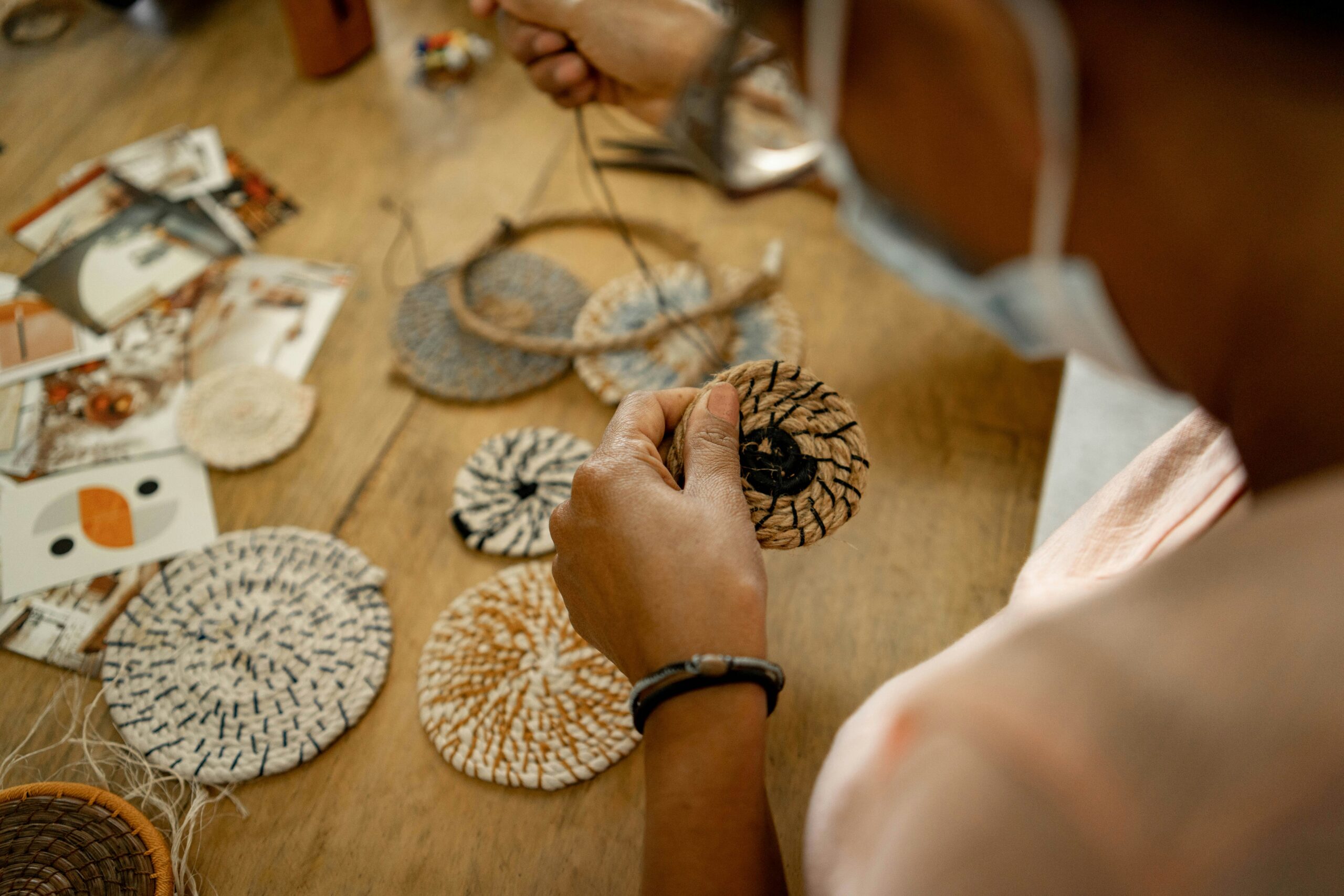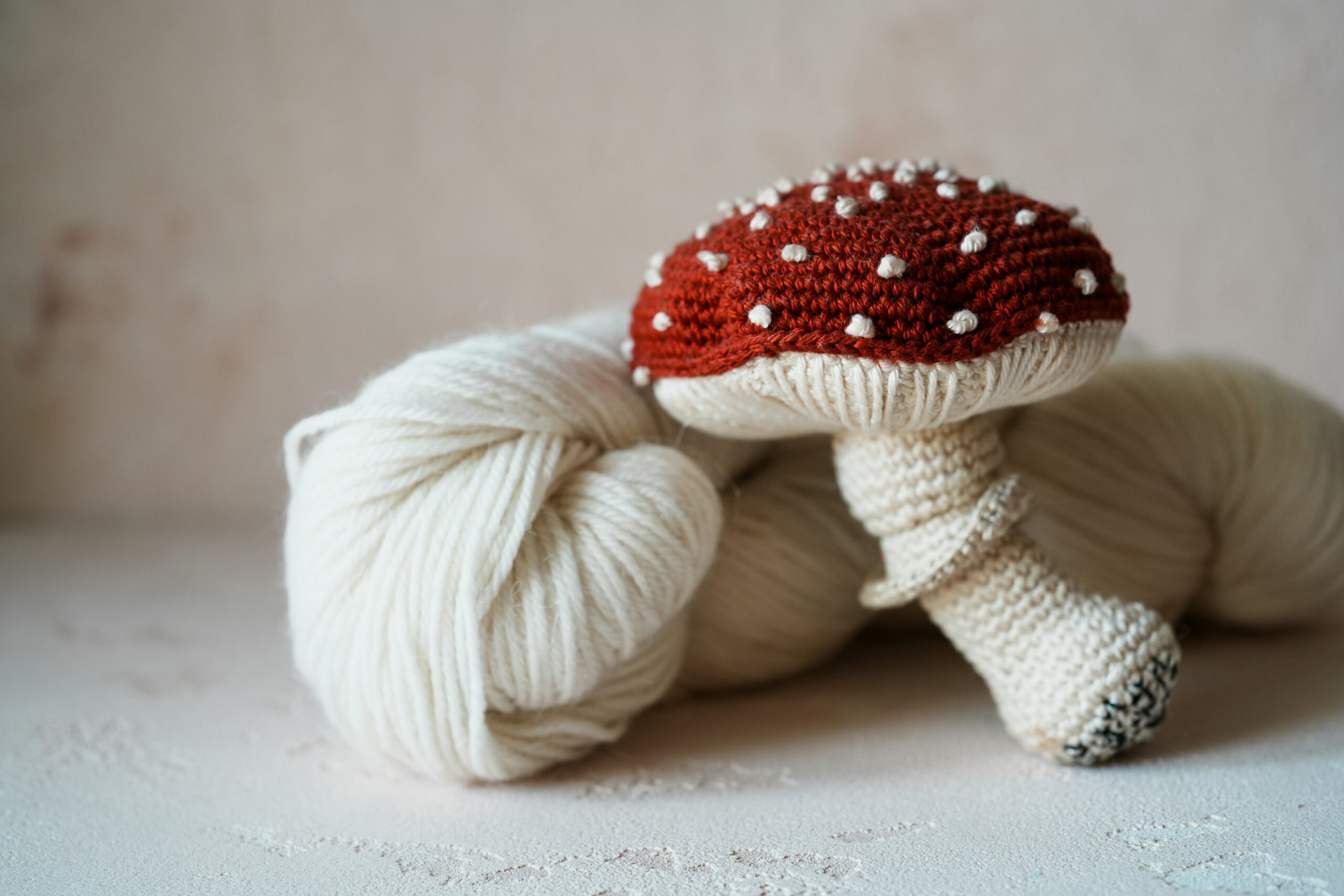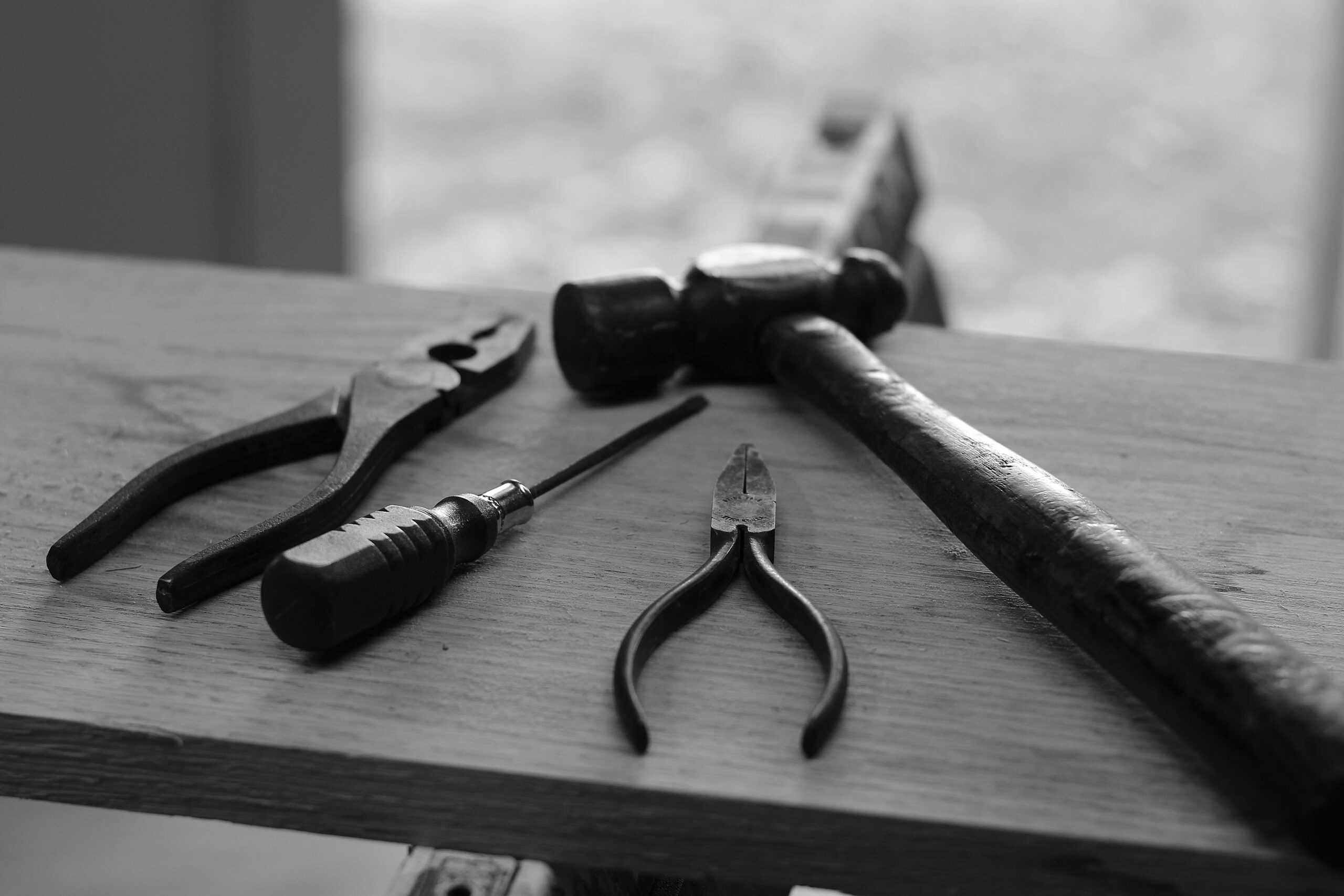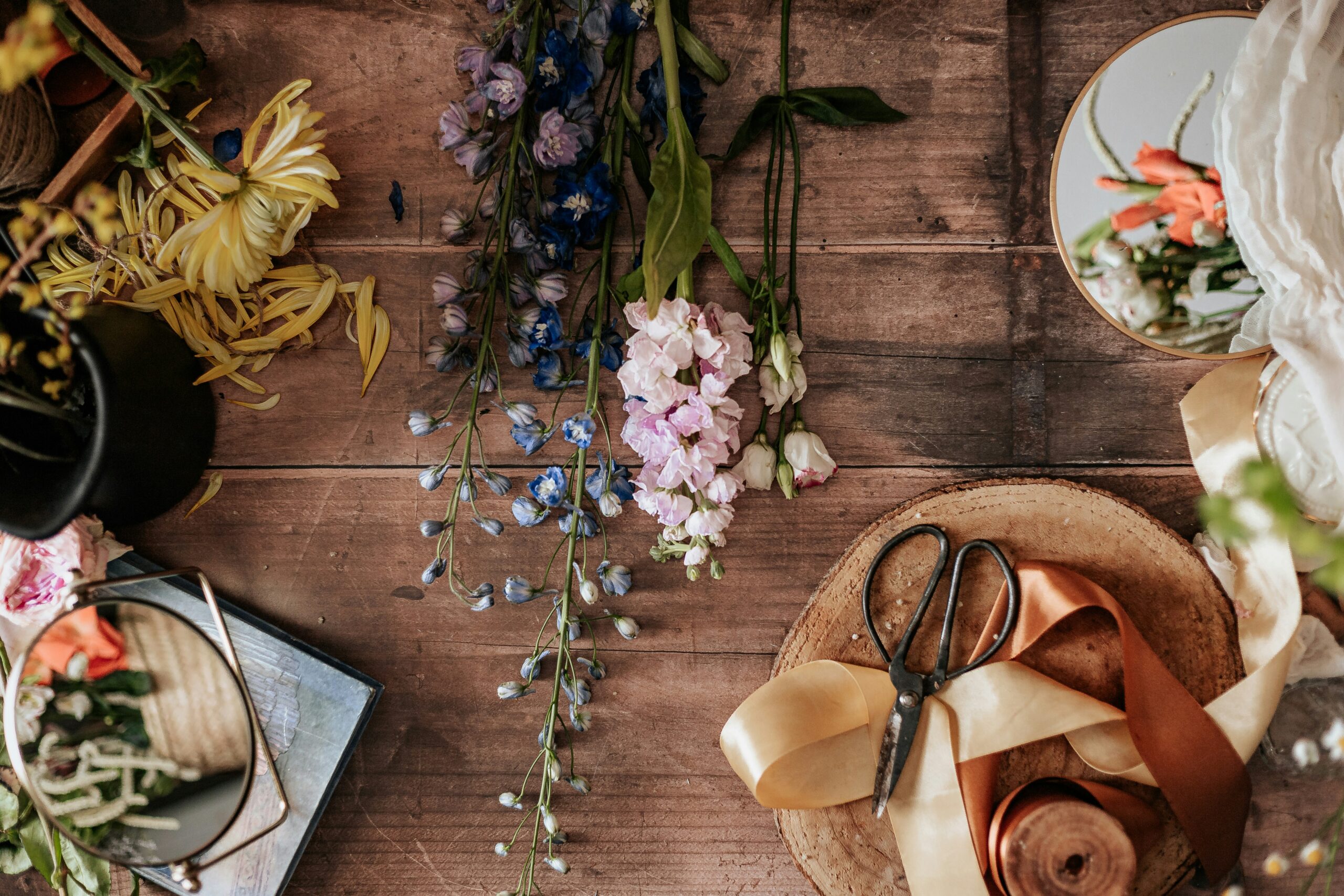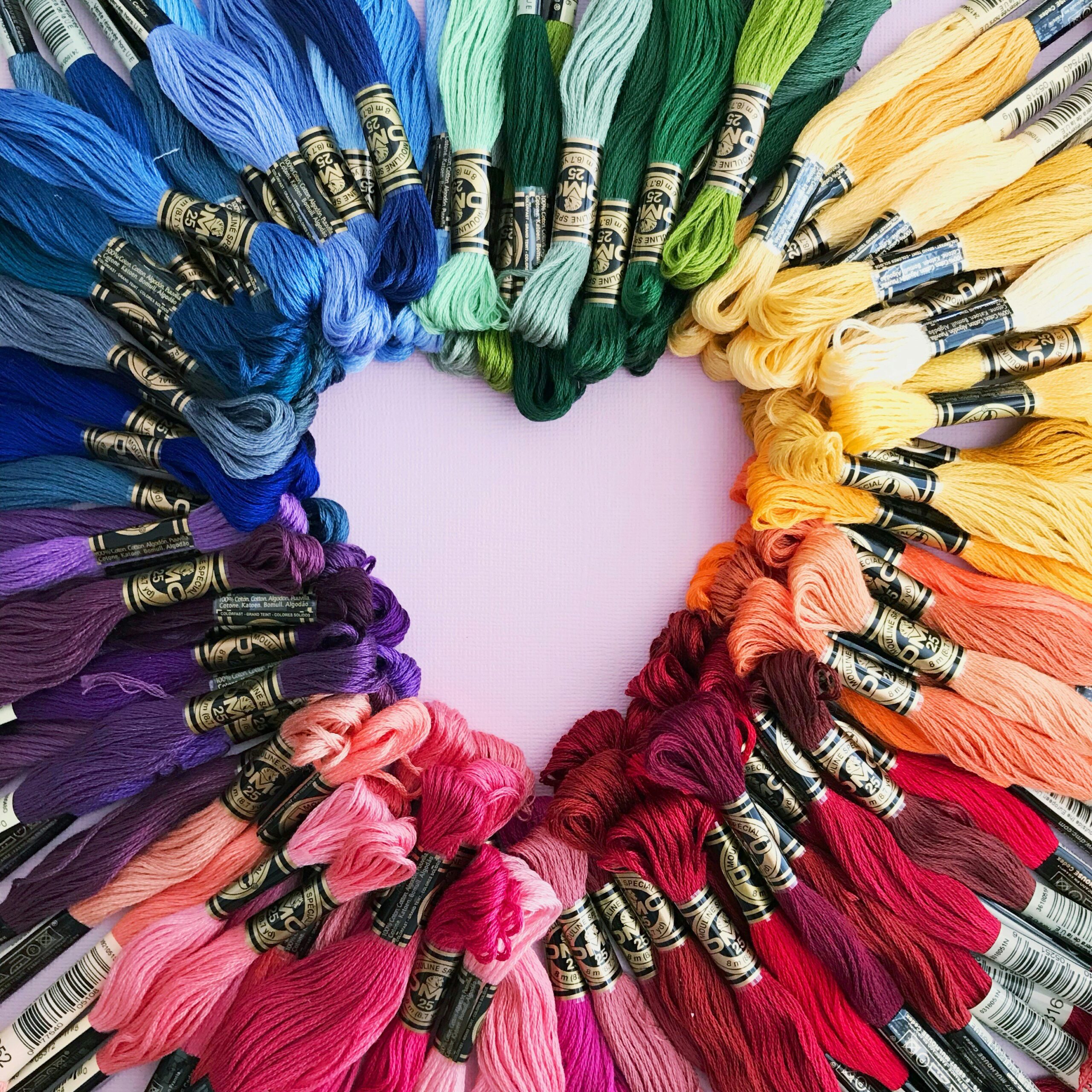Hand embroidery, the art of decorating fabric using needle and thread, is a craft that has been practiced for thousands of years, transcending time and geography. From its humble beginnings in ancient civilisations to its resurgence in modern crafting circles, hand embroidery has evolved into a timeless art form that continues to captivate people worldwide. Whether it’s used to adorn garments, tell stories, or preserve cultural traditions, embroidery remains a deeply meaningful and cherished craft.
In this article, we’ll take a journey through the history of hand embroidery, exploring its origins, techniques, and its role in cultural expression, as well as its modern revival:
- The origins of hand embroidery
- Embroidery techniques through the ages
- The role of hand embroidery in cultural expression
- Modern embroidery: A contemporary revival
- Frequently asked questions (FAQ): Embroidery edition
- Embroidery’s enduring presence and appeal in fashion
The origins of hand embroidery
The origins of hand embroidery can be traced back to ancient civilisations, where it was used as a way to embellish garments, religious items, and ceremonial objects. Early evidence of embroidery dates back to around 3000 BC in Egypt, where hieroglyphics and intricate stitch patterns were found on textiles. The practice of decorating fabric with thread was not just about aesthetics; it had a symbolic significance, often signifying wealth, status, or religious devotion.
In China, hand embroidery has a long and distinguished history, with early examples appearing during the Tang Dynasty (618–907 AD). The Chinese perfected techniques such as silk thread embroidery, producing intricate designs that symbolised everything from prosperity to good fortune. Similarly, in India, embroidery was used to decorate textiles and garments, with regions developing their own distinct methods. In ancient Greece and Rome, embroidery was also used to adorn clothing, with techniques that were passed down through the ages.
As trade routes expanded across continents, embroidery techniques spread, influencing and being influenced by various cultures. This exchange of ideas and skills led to the creation of unique and diverse forms of embroidery, each reflecting the region’s culture and values.
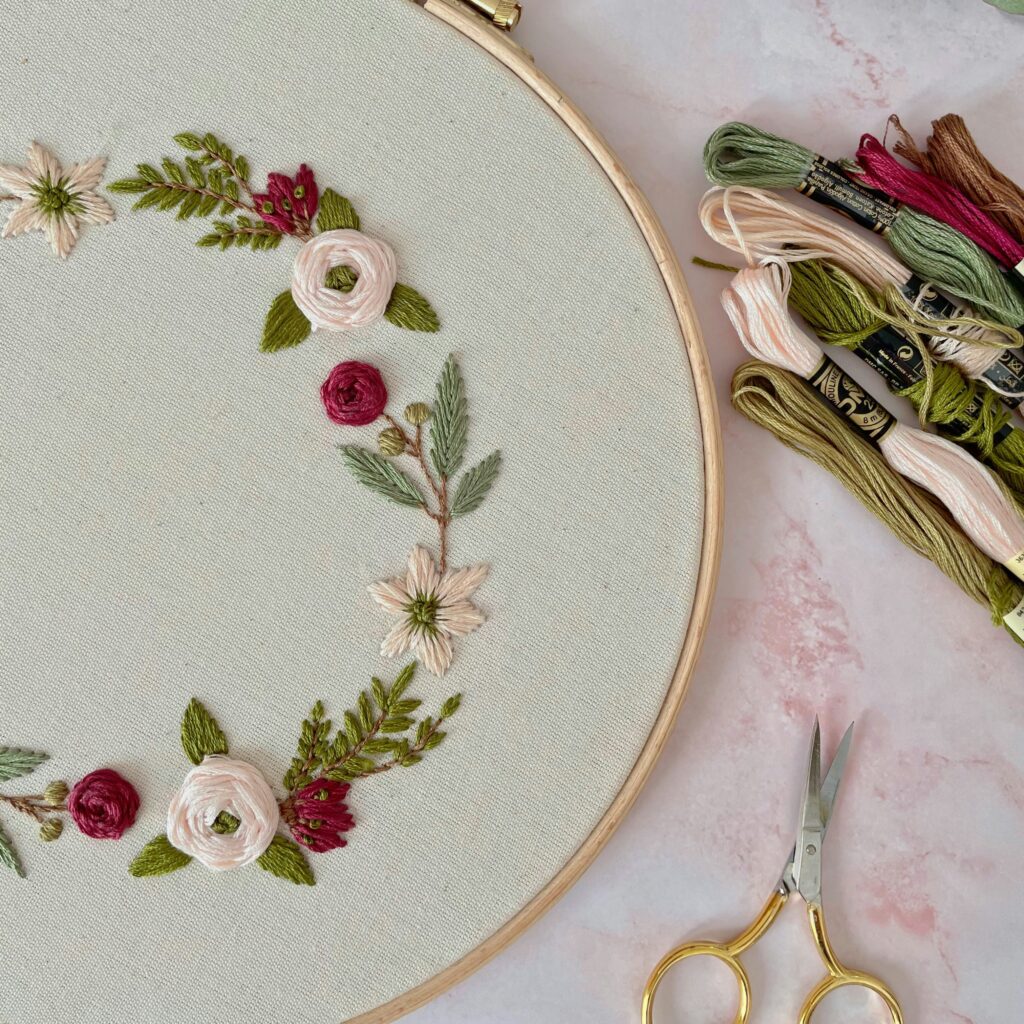
Embroidery techniques through the ages
Over time, different regions developed their own distinct embroidery techniques, which have become signature styles in the craft’s rich history. Some of the most iconic embroidery techniques include cross-stitch, crewel work, and kantha, each with its own cultural significance.
Cross-stitch
One of the oldest and most recognisable techniques, cross-stitch involves stitching ‘X’ shaped stitches to create intricate patterns on fabric. Originating in Europe, cross-stitch became a staple in folk art and was widely used to create decorative items such as samplers, tablecloths, and wall hangings. The simplicity of the stitch made it accessible to crafters of all skill levels, and it quickly spread across Europe, becoming especially popular in countries like Germany, Russia, and Scandinavia.
Crewel work
Crewel work is a form of embroidery that uses wool threads on linen or cotton fabric. It originated in the Middle Ages in Europe, with the term “crewel” referring to the type of yarn used. Crewel work became highly popular during the 16th and 17th centuries, especially in England, where it was used to create elaborate floral and animal motifs on tapestries and household linens. The craft enjoyed a revival in the 19th century and remains a sought-after style for its richly textured designs.
Kantha
Kantha embroidery has its roots in India, particularly in the eastern regions like Bengal. This technique involves stitching layers of old fabrics together, creating a simple running stitch pattern. Traditionally, kantha was used to make quilts and bedding, but over time, it became a means of creative expression. The stitches often form motifs inspired by nature, such as flowers, birds, and animals. Kantha embroidery is not only a way to reuse old textiles but also a reflection of the resourcefulness and creativity of the artisans who made them.
These techniques, along with many others, illustrate how embroidery has developed over centuries, shaped by the cultures that practised it. Each region’s distinct embroidery style offers a glimpse into its people’s values, traditions, and artistic sensibilities.
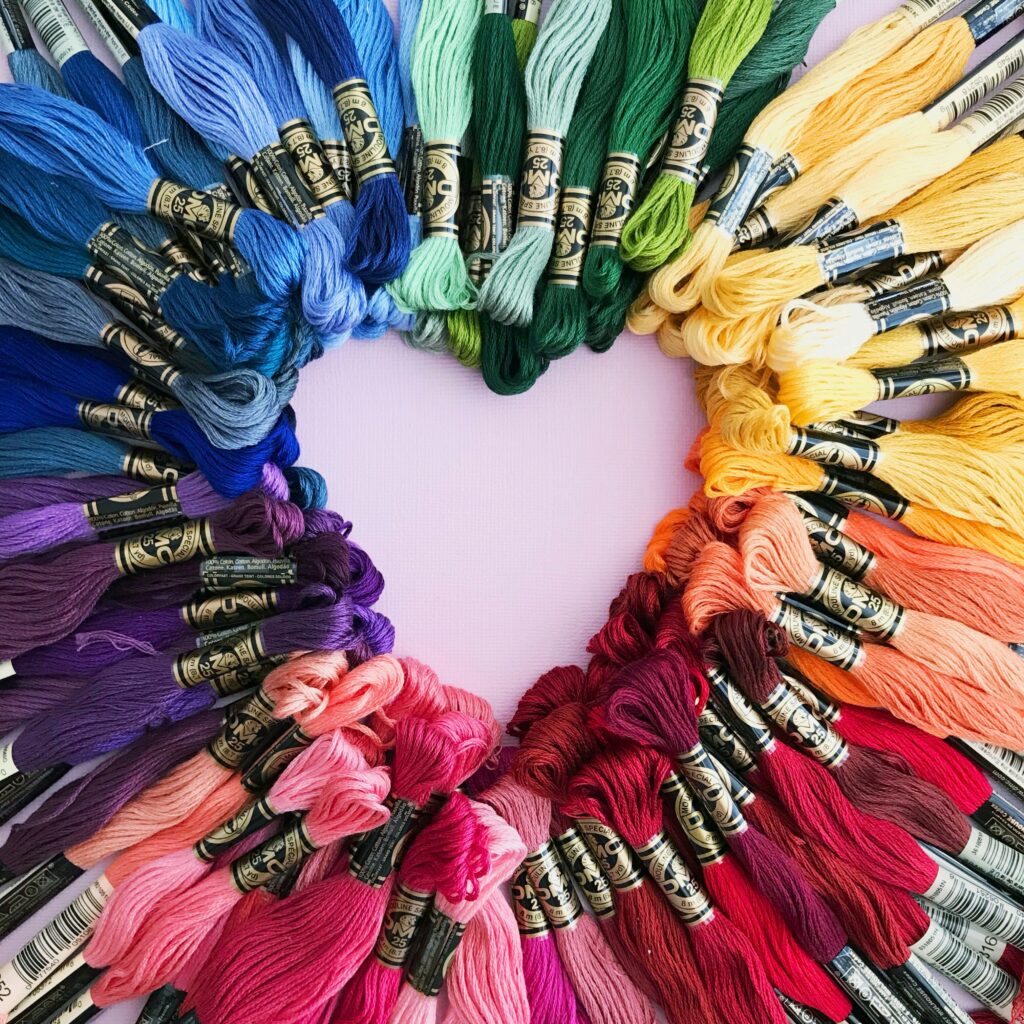
The role of hand embroidery in cultural expression
Hand embroidery has always played an important role in cultural expression, serving as a vehicle for storytelling, tradition, and identity. Throughout history, embroidery was used to adorn clothing, textiles, and religious symbols, each stitch carrying a deeper meaning or message.
In many cultures, embroidery was a way to express social status or demonstrate skill and wealth. In Europe, for instance, the elaborate stitching on clothing and tapestries during the Renaissance often reflected the wearer’s high rank and social importance. In other cultures, such as in parts of South America and the Middle East, embroidery was used to symbolise religious devotion, with intricate patterns used in religious attire or to decorate sacred items.
Moreover, embroidery has long been used as a storytelling medium. Indigenous cultures in North America, for example, used embroidery to represent their cultural heritage and the natural world around them. Embroidered textiles became an important form of communication, preserving the stories, beliefs, and customs of generations past.
In more modern times, hand embroidery continues to reflect cultural identities. It has become an avenue for individuals and communities to celebrate their heritage, express their personal style, and preserve traditions that might otherwise be forgotten. Embroidery is still used to convey stories, mark important events, or celebrate milestones, making it a dynamic, evolving art form.
Modern embroidery: A contemporary revival
In recent years, hand embroidery has experienced a remarkable revival. Once seen as a traditional craft relegated to the past, embroidery is now being embraced by a new generation of makers, artists, and crafters who are giving it a contemporary twist. Modern embroidery has moved beyond just decoration; it is now seen as a form of artistic expression, with many artists using it to explore complex themes, social issues, and personal identity.
The rise of social media platforms, particularly Instagram, has played a significant role in the resurgence of embroidery. Artists and crafters are sharing their creations with the world, using embroidery to convey their unique perspectives and connect with a global audience. This has led to an explosion of creativity, with embroidered works spanning from minimalist designs to highly intricate, detailed pieces that blend traditional techniques with modern aesthetics.
Additionally, many modern crafters are experimenting with non-traditional materials and techniques, such as using fabric scraps, upcycled textiles, and even found objects to create embroidery pieces that push the boundaries of the craft. This contemporary revival is not just about nostalgia for the past but also about reimagining what embroidery can be in today’s world.
Frequently asked questions (FAQ): Embroidery edition
We have assembled the top frequently asked questions for embroidery crafts. Maybe we can answer your questions already?
What types of embroidery are there?
There are many types of embroidery techniques, including:
Whitework: Embroidery done with white thread on white fabric, often creating delicate patterns.
Cross-stitch: A form of embroidery where X-shaped stitches are used to form a design.
Freehand or freestyle embroidery: The technique where designs are stitched without following a pattern.
Crewel embroidery: A type of surface embroidery using wool thread to create intricate, flowing designs.
Blackwork: A type of embroidery that uses black thread, often to create geometric patterns.
What supplies do I need to start embroidery?
The basic supplies you’ll need for embroidery include:
Pattern: You can create your own design or use pre-made patterns.
Fabric: Choose a fabric like linen, cotton, or even specialty embroidery fabric like Aida cloth.
Embroidery hoop: A round frame that holds the fabric taut while you stitch.
Needles: Embroidery needles are typically sharp and have a larger eye for easier threading.
Thread: Embroidery floss, typically made of cotton or silk, is the most commonly used.
Scissors: Sharp, small scissors are essential for cutting thread cleanly.
How do I transfer a design onto fabric?
There are several methods for transferring designs onto fabric, including:
Printable fabric: You can print your design directly onto fabric using your printer.
Tracing: Use a lightbox or window to trace your design onto the fabric using a water-soluble pen or pencil.
Transfer paper: Place transfer paper under your fabric and trace your design with a pencil or pen.
What is the best fabric for embroidery?
The best fabric for embroidery is one that is tightly woven but still flexible. Popular choices include:
Aida cloth: Often used for cross-stitch due to its evenly spaced holes.
Cotton: Soft, affordable, and easy to work with.
Linen: Smooth and durable, with a bit of texture.
How do I start with embroidery as a beginner?
To start embroidery as a beginner:
Practice: Start with small projects to build your skills, and don’t be afraid to experiment with colours and textures.
Choose a simple design to practice basic stitches, such as a small floral motif or a geometric shape.
Prepare your fabric by placing it in an embroidery hoop, keeping it taut.
Learn basic stitches like the running stitch, back stitch, and satin stitch.
What are the most common stitches in embroidery?
Some of the most common embroidery stitches include:
Chain stitch: A looped stitch used for creating outlines or decorative lines.
Running stitch: A simple stitch used for outlining or filling.
Back stitch: A line stitch used to outline shapes or create solid lines.
Satin stitch: A flat, smooth stitch that’s ideal for filling shapes with solid colour.
French knots: Small knots created by wrapping the thread around the needle, used for adding texture.
How do I care for my embroidered pieces?
To care for embroidered items:
Iron with caution, placing a cloth between the iron and the embroidery to protect it.
Hand wash in cold water or use a gentle cycle in the washing machine, placing the item in a laundry bag.
Avoid harsh detergents and fabric softeners.
Air dry by laying the item flat to preserve the stitches.
Embroidery’s enduring presence and appeal in fashion
The history of hand embroidery is a testament to its enduring appeal and versatility. From its origins in ancient civilisations to its modern-day revival, embroidery has continued to evolve while retaining its cultural and artistic significance. Whether used to tell stories, preserve traditions, or create contemporary art, hand embroidery remains a powerful and meaningful craft.
Let’s look at today’s article:
- Embroidery was used as far back as in ancient times, ca. 3.000 years BC
- Back then, embroidery was used to embellish garments, as a status symbol or to imbue garments with religious meaning
- Over time, every region and culture developed their own embroidery customs, patterns and techniques
- Cross stitch, Crewel work and Kantha are some of the best-known examples of embroidery techniques
- As a means for cultural expression embroidery was also used to tell stories, to express wealth, status, or cultural identities
- Embroidery has made a significant reemergence in modern times, where it’s used as a medium for artistic expression
- It has become an integral part of handmade clothes, upcycling, and sometimes even brand’s identities
As we continue to celebrate the art of hand embroidery, we can take pride in the fact that it has stood the test of time. It has woven its way through history, shaping cultures, and connecting generations. And as modern artists and crafters continue to experiment with new techniques and materials, the timeless craft of embroidery will no doubt continue to inspire and captivate new generations of makers.


